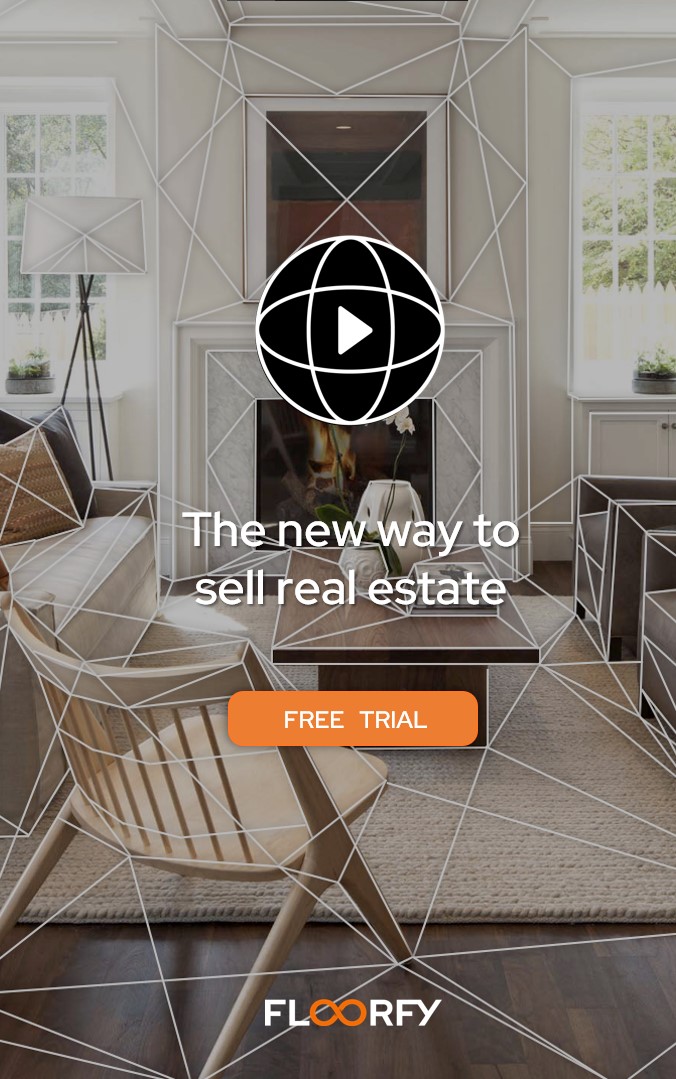Techniques for renting flats to ‘Millennials’
Back in 2010, a study by the Pew Research Center Foundation defined the millennials as the most educated generation of all those who had ever lived. With easier access to university studies than their predecessors, those born between 1981 and 1996 were the object of desire for the brands. Now techniques for renting flats must be in line with what millennials are looking for.
Halfway between Generation X – still reminiscent of austerity – and Generation Z – with no financial capacity – the millennials are today the ones who set the standards for advertising and trends.
Their mannerisms and lifestyle based on the use of new technologies – although without being completely familiar, since the Internet as we know it emerged a few years later – completely changes the rules of the game. The millennials have been the ones to promote the use of online platforms whose business models were unthinkable twenty years ago: Netflix, Spotify, Strava… Today, using the internet and new technologies is the best way to operate and this path has been dictated precisely by the millennials.
The millennials as an engine of change in the real estate sector
The millennials’ presence in the real estate sector has also been disruptive. Those times when you had to walk from the beginning to end of one or more neighbourhoods to buy or rent a flat are long gone, or when you had to go to a real estate agency to see a portfolio of flats with a few photographs. The same happens to other people who are interested, for whom techniques for renting flats that were around 20 years ago no longer apply. One of the main characteristics of the millennial is their desire for speed and reducing waiting times to a minimum. This is why they try to avoid tasks that involve physical travel.
This is the success of the buying and selling and rental platforms on the Internet: they allow you to make the necessary filters, much more adapted to the characteristics of each user, of what they want and adjusting the results even by showing the properties with 360º images. In addition, they put in contact many more sellers who, almost out of laziness, rejected the option of putting their flat on sale because of all the bureaucratic tasks involved.
This fact should not be ignored by the “traditional” real estate agencies, those who have seen how the model has changed and who at first saw these portals as enemies, but have now opened door for fresh, new clients. Only those that allow change, that adapt and improve their processes according to the new scenarios, are the real estate agencies that will obtain the best results and that will surpass many others that are more immobile.
A new reality in terms of techniques for selling or renting flats
Once we have all accepted that the search for a new home , as we knew it, has changed and that it can be done completely online among other advantages if the client so wishes, the new stage arises: why will I need to go and see the flat two or three times? Why not design a process that allows me to make my first impression without having to leave home and only go when I am sure of what I want to buy/rent?
That’s why the emergence of 360º virtual tour software (which allows you to integrate into the real estate listings of flats on websites such as Habitaclia, Idealista, pisos.com or our own website as an agency, among many others) as a substitute for initial guided tours, has all the logic. From the living room of the house, with a click of a button, the users can go through a flat just as they would do it live, with attention to the details and from the same point of view.
From the point of view of real estate agencies, it represents a great added value, since it allows, for example, salespeople and customers to be connected at the moment the flat is viewed, with much more data than they could have in a normal visit. It also allows them to have many more real estate marketing techniques for renting flats at their fingertips that they didn’t have before, or to have virtual reality solutions that lighten the sales process.
Thus, the millennial impact and the introduction of real estate portals are no longer barriers between the customer and the real estate agent but rather total allies for both. As a result clients and agents ultimately never cease to be in contact for the common purpose: to change the property’s hands.
Image from Disobey Art via Shutterstock


